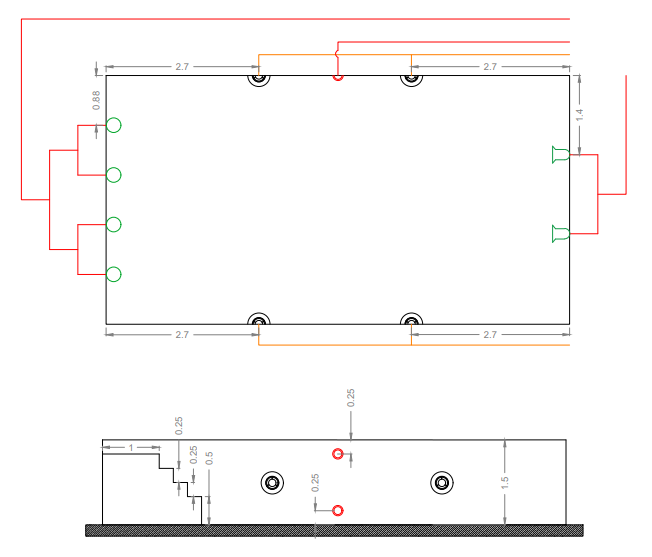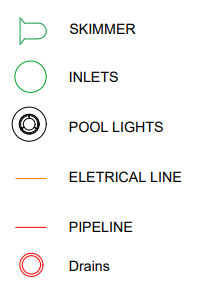- Last updated Oct 20, 2021
- Swimming Pool, Lights
Underwater Lights
Introduction
Lighting your pool will allow you to take full advantage of your pool day and night. Many people find night swimming to be an amazing experience, but it is not the same without the atmosphere of reflected light provided by underwater light. Pool lights have to be installed during construction. Even though some pool accessories can be added later, a major renovation work is needed if you prefer to add lights after the construction.
Number of lights needed
The number of lights needed for you pool depends on size of pool and type of light used. Currently the most popular under water lights are LED lights. For a maximum pool length of 6 m, we normally suggest one LED light on one side each (i.e. 2 lights in total). Pools longer than 6 m will require more than one light and the number of lights depends entirely on the length. The following table will provide an estimated number of LED lights needed for your pool.
| Length of pool (m) | Number of lights on both sides of pool |
| 6 | 2 |
| 8.5 | 4 |
| 11 | 6 |
| 13.5 | 8 |
| 15 | 10 |
Sample Arrangement


Types of pool lights
The main pool light on the market today is LED, but fiber optic lighting and incandescent lighting are also available. Let us examine each one carefully.
LEds
LEDs are light emitting diodes that are illuminated by the movement of electrons inside a semiconductor material. LEDs do not have filaments, so they do not emit heat. The LEDs also change colors and make several light show settings. LED bulbs have a very long lifespan, approximately 35,000 hours, compared to 5,000 hours of incandescent and 6,000 hours of fiber optics. That equates to six incandescent replacements and five fiber optic replacements.
Fiber Optics
The design of the fiber optic pool light is unique in that the bulb is actually located in a dry box above the courtyard of the pool. The light from this bulb travels through fiber optic cables, a special fitting inside the pool wall where the cable ends and illuminates the pool. Some fiber optic lights have a color wheel inside the box, which illuminates the light, causing the light in the pool to change color. The main drawback of fiber optic lights is that they are the brightest of all lighting options. They are very expensive, especially for the amount of light they emit.
Incandescent Lights
Incandescent work by passing a wire called a filament to heat an electric current. The filament glows, producing a bright light associated with a bulb. The first drawback of incandescent bulbs is that a colored lens must be placed above the pool light inside the pool to change color. Twenty years ago it was good, but today it is a little old. Second, the bulb life is much shorter than LED bulbs.
Maintenance
Any pool light only requires a bulb replacement. Regardless of the type of light, you should never lower the water level in the pool to replace the bulb. In some cases, you can loosen a single screw and raise the bulb housing above the water level and replace the bulb. This process only takes five to ten minutes.
However, other lights need to be replaced throughout the house, which may take a little longer, but is still not a big experiment, especially since the average bulb will last for many years.
Replacing the fiber optic bulb is very simple, as you can remove the box cover located in or near the yard and snap into a new bulb.